Methods to Reduce Wear of Sliding Metal Components
Author: SAIVS Date Published: Jun 14,2024
I. Introduction
sliding metal components are widely used in various mechanical equipment such as engines, turbines, and transmission systems. Their proper functioning is crucial for the efficiency and lifespan of the equipment. However, these components inevitably encounter wear and galling over the long-term operation, reducing mechanical performance and leading to equipment failure and downtime. Therefore, studying methods to reduce wear and prevent galling is of significant practical and economic value.
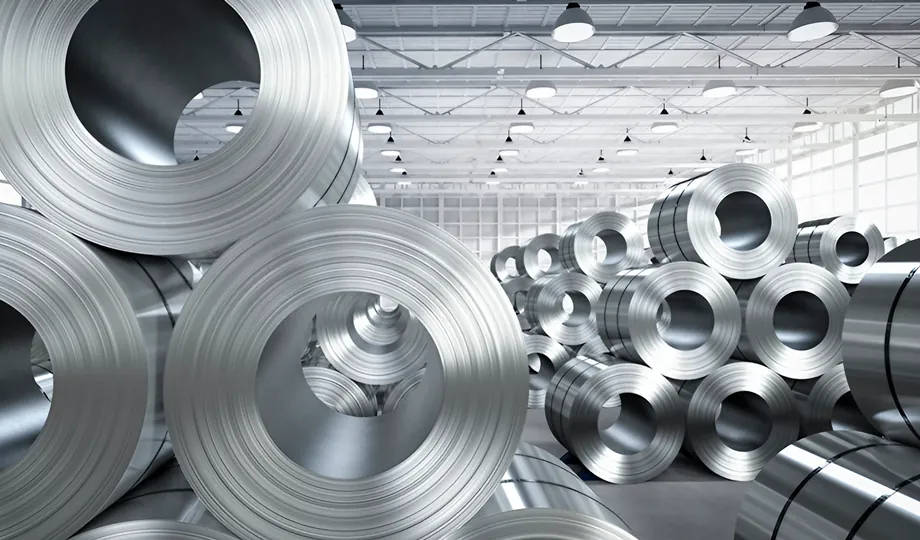
II. Why Does Galling Occur?
Galling is a severe form of frictional wear where material transfer occurs between sliding metal surfaces, leading to surface damage. Several factors contribute to the occurrence of galling:
The Influence of Material Properties on Galling
1.Hardness: The hardness of materials directly affects their wear resistance. Harder materials typically have better wear resistance, but overly hard materials might increase the risk of wear.
2.surface roughness: Higher surface roughness increases the friction coefficient, making galling more likely. Therefore, optimizing surface roughness is a key measure to reduce galling.
3.Material Compatibility: The interaction between different materials also affects galling. For example, similar or identical materials in sliding contact are more prone to galling.
The Influence of Operating Environment on Galling
1.Temperature: High temperatures can degrade the performance of lubricants and increase the likelihood of metal surface softening, raising the risk of galling.
2.Load and Pressure: Higher loads and pressures increase the stress on contact areas, promoting material deformation and friction, leading to galling.
3.Sliding Speed: Higher sliding speeds generate more frictional heat, increasing the temperature and promoting galling.
The Influence of Lubrication Conditions on Galling
1.Lubricant Type: Appropriate lubricants can form protective films on metal surfaces, reducing direct contact and friction. However, improper lubricant selection may have adverse effects.
2.Application Method of Lubricant: The uniform distribution and effective supply of lubricants are crucial for preventing galling. Poor application methods may result in inadequate lubrication, increasing the risk of galling.
III. Methods to Prevent Galling
material selection and Treatment
1.Use of Wear-Resistant Materials: Choosing materials with high hardness and good wear resistance, such as alloy steels, high-speed steels, and ceramics, can effectively reduce wear and galling.
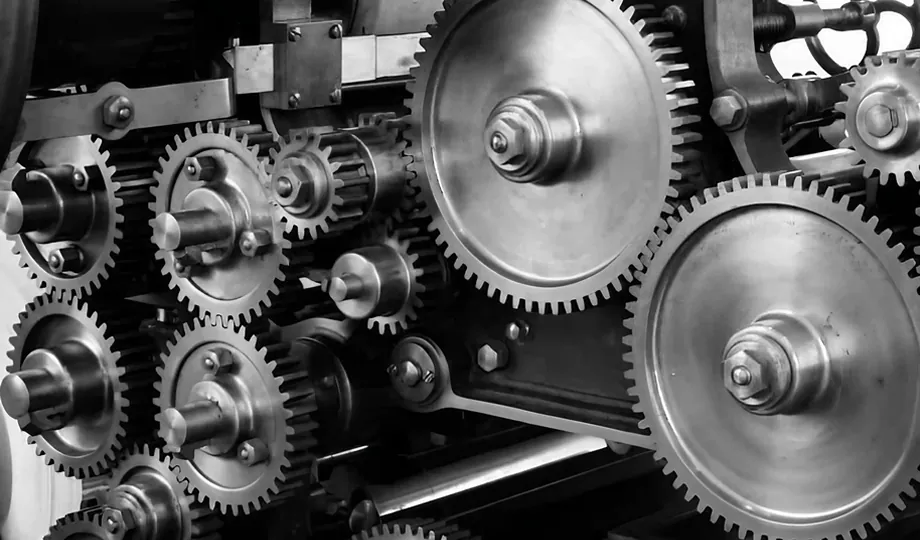
2.Surface Hardening Treatments: Surface hardening treatments like nitriding and quenching can increase the hardness and wear resistance of metal surfaces, reducing the risk of galling.
3.Coating Technologies: Using PVD (Physical Vapor Deposition), CVD (Chemical Vapor Deposition), and other coating technologies can form a hard, low-friction protective layer on metal surfaces, significantly enhancing their anti-galling properties.
Improving Lubrication Conditions
1.Choosing the Right Lubricant: Selecting the appropriate type of lubricant (e.g., mineral oil, synthetic oil, or dry lubricant) based on specific operating environments and working conditions ensures optimal lubrication.
2.Use of Lubricant Additives: Adding anti-wear agents, extreme pressure agents, and other additives can enhance the performance of lubricants, further reducing friction and galling.
3.Lubrication Methods: Employing different lubrication methods such as oil bath, grease lubrication, or dry lubricants, and choosing the best method for the situation ensures effective lubrication.
Design Optimization
1.Reducing Contact Area: Optimizing design to reduce the contact area of metal components lowers friction and decreases the likelihood of galling.
2.Improving the Geometric Shape of Contact Surfaces: Using appropriate surface geometries, such as rounded corners and chamfers, can reduce stress concentration and lower the risk of galling.
3.Using Separation Devices: Introducing rolling bearings and other separation devices in design can effectively reduce sliding friction and lower the risk of galling.
Optimizing Operating Conditions
1.Controlling Operating Temperature: Maintaining operating temperatures within appropriate ranges through cooling systems or other Temperature control measures can reduce the negative effects of high temperatures on lubricants and metal surfaces, decreasing the risk of galling.
2.Reasonably Controlling Load and Speed: Controlling load and sliding speed according to the design and usage requirements of the equipment avoids excessive stress and temperature, reducing the possibility of galling.
3.Regular Maintenance and Inspection: Regular maintenance and inspection of equipment to identify and address potential problems promptly can effectively prevent the occurrence of galling.
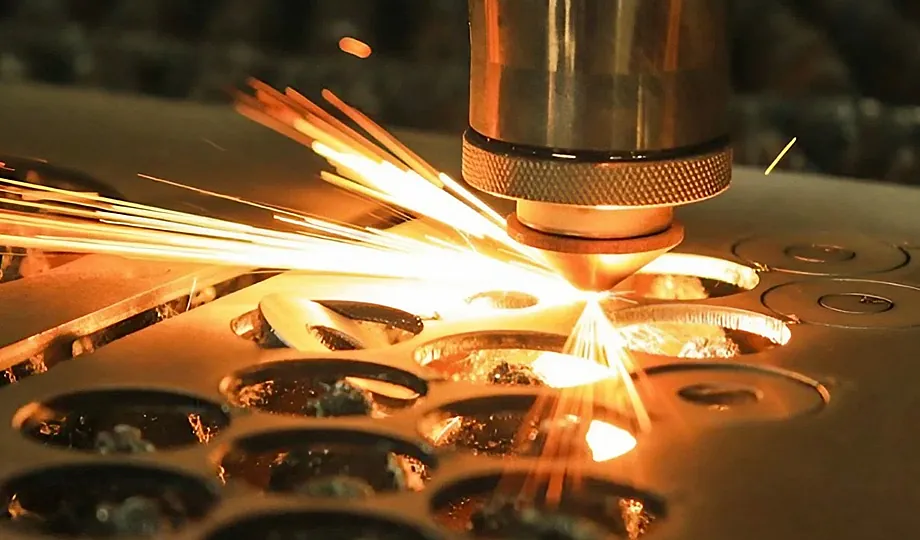
V. Conclusion
Through appropriate material selection and treatment, improved lubrication conditions, design optimization, and controlled operating conditions, the wear and galling of sliding metal components can be effectively reduced. These methods have been validated in both laboratory and practical applications, achieving significant results. Future research should continue to explore new materials, technologies, and methods to provide more solutions and development directions for industry applications.
Why Choose SAIVS™ as Your Supplier?
1.Superb Quality Control Management
At SAIVS, we take pride in our perfect quality management systems and procedures, which guarantees the excellent performance of all our producs, being a professional Investment Casting | Die Casting| Sand Castingmanufacturer in China.
2.Rich Production Experience
With 20 years of experience in production, SAIVS has a deep understanding of the market and trends, and strives for continuous research and innovation. This has created advantages in both the product's performance and appearance.
3.Competitive Prices
As a Chinese factory committed to becoming the most cost-effective Investment Casting | Die Casting| Sand Castingexporter in China, SAIVS provides high-quality products at advantageous prices. By lowering costs and increasing efficiency, we ensure that our customers receive the best possible value for their investment.
4.Perfect After-sales Service
At SAIVS, we strive to provide superior customer service that meets and exceeds expectations. We are always available for any questions or concerns you may have, and we stand by our commitment to providing excellent after-sales support.
Related Posts
-
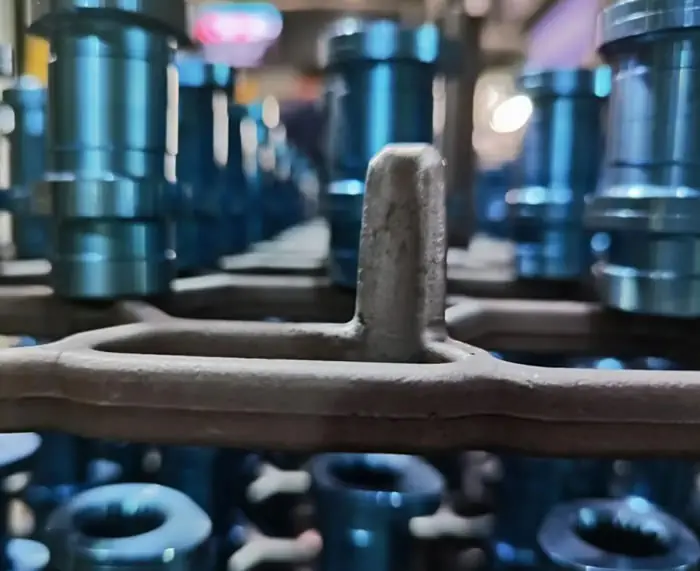
How Vacuum Prevents Oxidation in Steel Heating
Introduction:Vacuum furnaces are specialized equipment used in heating processes that take place under low-pressure environments. The unique feature of a v
-
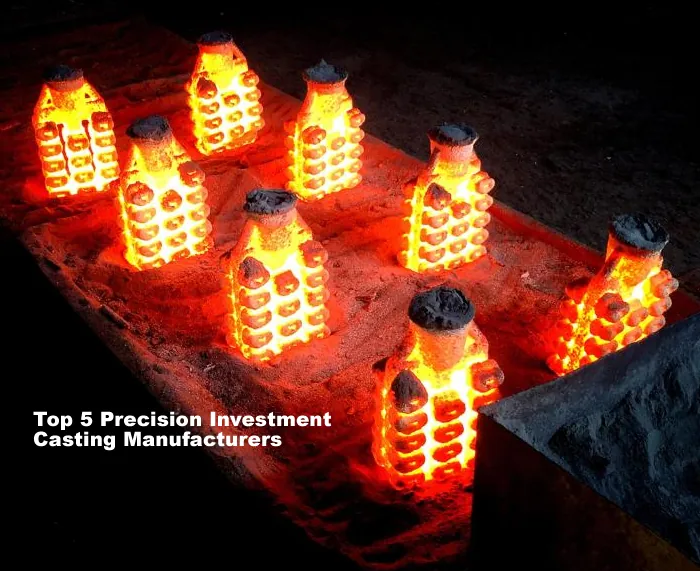
Top 5 Precision Investment Casting Manufacturers
This article introduced the top 5 investment casting companies. If you have questions about your investment casting project, feel free to contact us today!
-
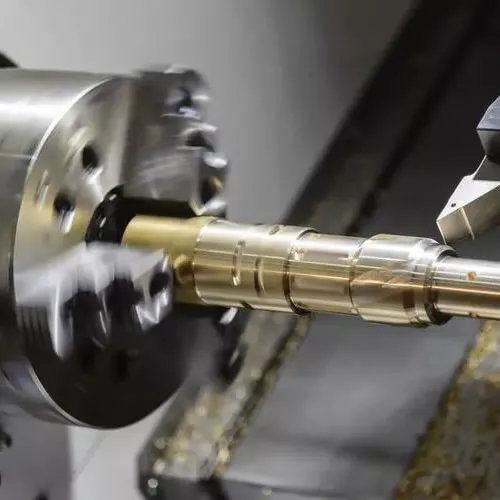
Essential Information and Parameters for Truck CNC Machining Shaft
Truck CNC Machining Shaft - What Other Parameters or Information Do People Care About About This Product?When it comes to truck CNC machining shafts, there are ...
-
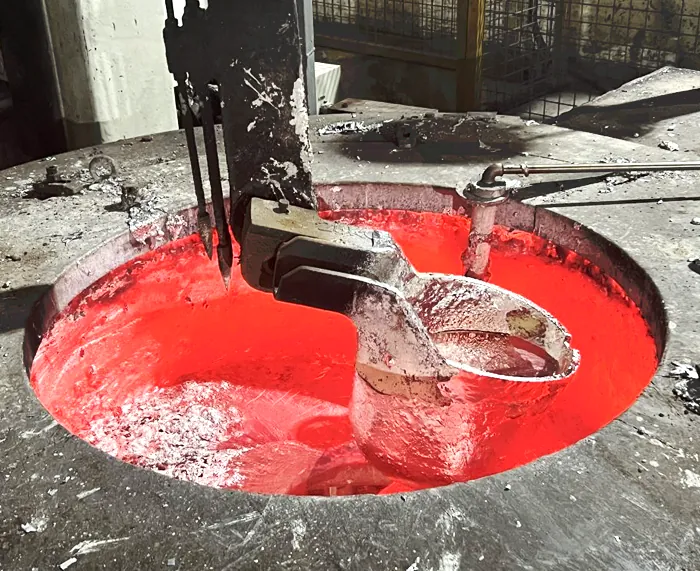
Porosity Issues in Aluminum Die Castings: Formation, Types, Effects, and Solutions
This article aims to provide a comprehensive overview of porosity issues in aluminum die castings.
-
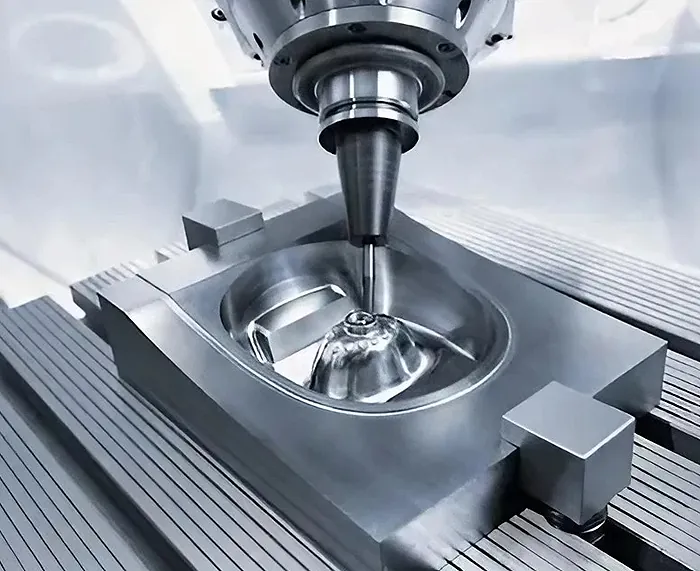
Process of CNC Rapid Prototyping
CNC Rapid Prototyping, also known as CNC-RP, is a process that combines computer numerical control (CNC) machiningwith rapid prototyping techniques to quickly p...
-
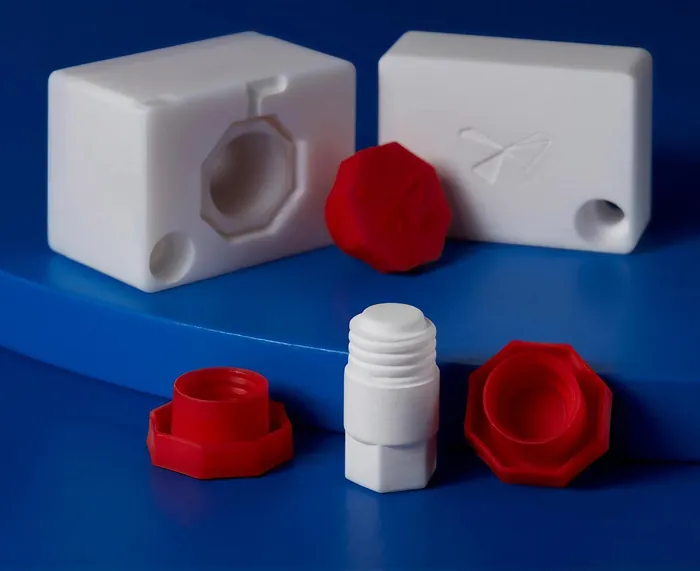
3D Printed Molds for Injection Molding
3D printed molds for injection molding. Learn how this innovative approach enables rapid prototyping, short-run manufacturing, and significant cost savings.

